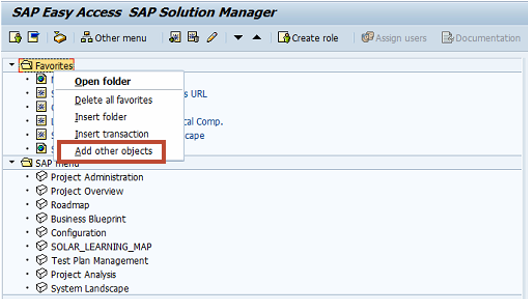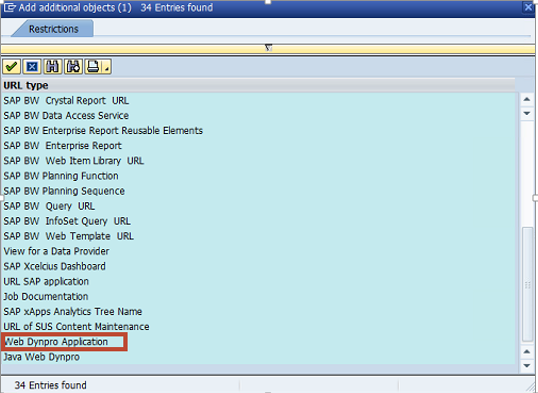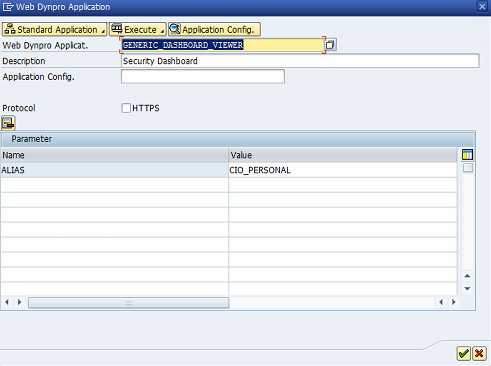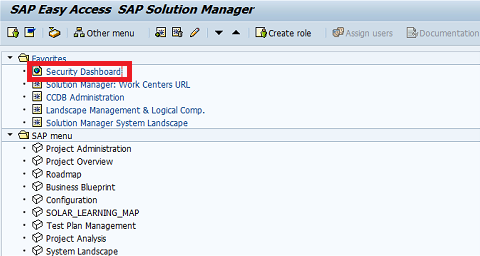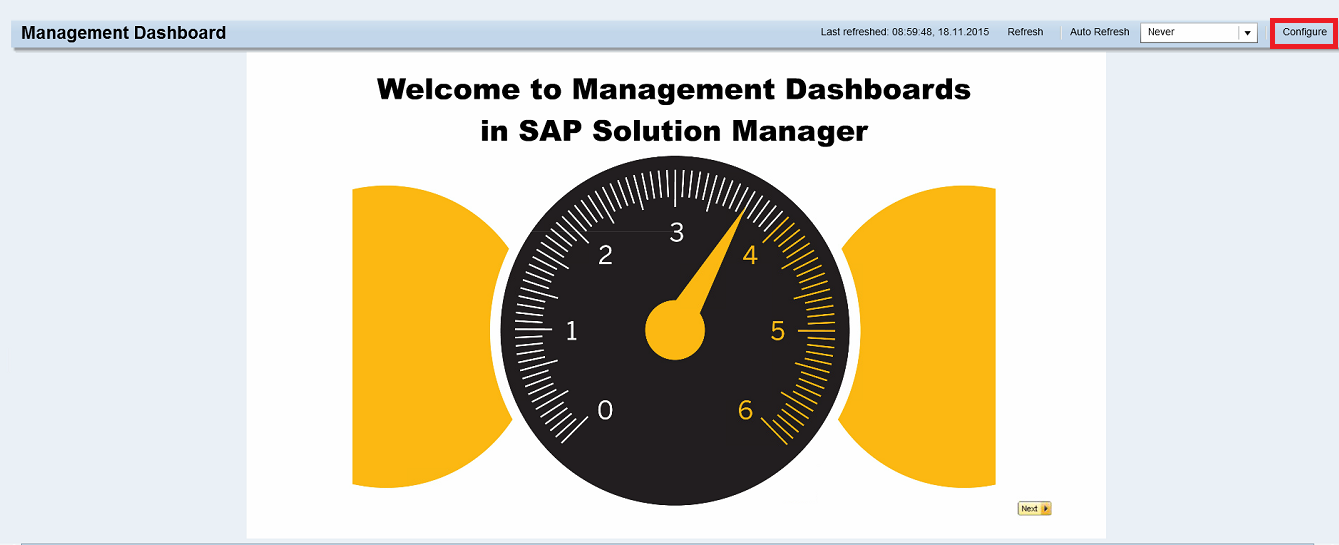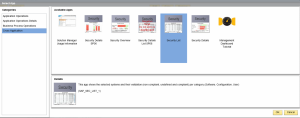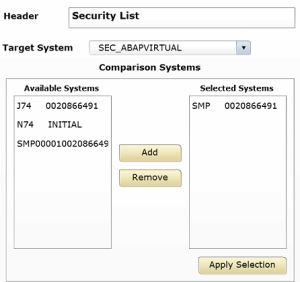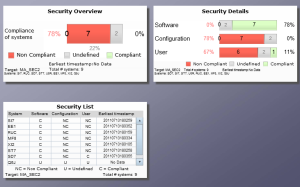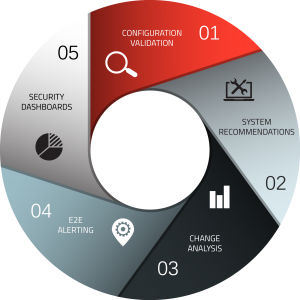Survey Reveals 65 percent of SAP Platforms Were Breached Between 2014-15
Earlier this week, the Ponemon Institute released the results of the most comprehensive study performed to date on the state of SAP cybersecurity. The Institute is widely known for the annual Cost of Data Breach report that trends average data breach costs across major countries. However, it also performs a variety of other studies related to privacy, data protection and information security. It’s latest study Uncovering the Risks of SAP Cyber Breaches reviews the challenges and perceptions associated with securing SAP platforms. The study surveyed over 600 IT and security professionals between December 2015 – January 2016.
The key findings of the study include:
65% of SAP platforms suffered one or more security breach over the prior 24 months. 32% experienced between 1-2 breaches. 16% were breached 3-4 times and 12% between 5-6 times
75% of respondents believe it is likely their SAP platforms have one or more malware infection
The impact of an SAP breach is serious to catastrophic in 92% of organizations
The average cost of a breach that interrupts the availability of SAP systems is $4.5M
47% of respondents expect the volume of cyber attacks against SAP systems to increase over the next 24 months. 42% expect no change. Only 11% expect a decrease
75% express low levels of confidence in their company’s ability to immediately detect an SAP breach. 65% believe they would not be able to detect a breach within one week and 59% doubt they would be able to detect a breach within a month
59% expect trends such as the cloud, mobile, big data and IoT to increase the attack surface and the probability of a breach in SAP systems
The ability to assess and audit compliance levels of SAP systems against security policies and standards is considered important by 78% of respondents
81% believe it is important to continuously monitor the security of SAP platforms
54% of respondents supported the statement that it is the responsibility of SAP, not their organizations, to safeguard the security of SAP software. The reality is that the responsibility is shared. SAP is responsible for ensuring the integrity and security of software code. To this end, SAP works diligently to detect and remove programming errors before and after the release of applications. However, the responsibility for implementing patches for programming and other errors lays exclusively with the customer.
SAP is also accountable for providing guidance to securely configure its systems and counteract known vulnerabilities and attack vectors. Recommendations for dealing with RFC exploits, password attacks, standard users, vulnerable Java and ICF services, and numerous other areas can be found in online SAP security guides, as well as SAP advisories and papers such as the Secure Configuration of SAP NetWeaver Application Server using ABAP and Securing Remote Function Calls.
Finally, SAP is responsible for providing customers with the tools to secure their infrastructure. This includes tools for identifying and applying security patches, performing continuous and automated audits for vulnerabilities that may be exploited to breach systems, and supporting real-time threat detection and response. SAP’s product portfolio includes tools to meet all of these needs. Patch management can be performed using System Recommendations. Vulnerability management for over 500 vulnerabilities impacting ABAP, Java and HANA systems can be accomplished using Configuration Validation. Customers can leverage these tools within their Solution Manager platforms without resorting to third party software solutions. For real-time threat management, customers can deploy Enterprise Threat Detection. Alternatively, they can integrate their SIEM platforms directly with SAP systems using adaptors or indirectly using agents.


